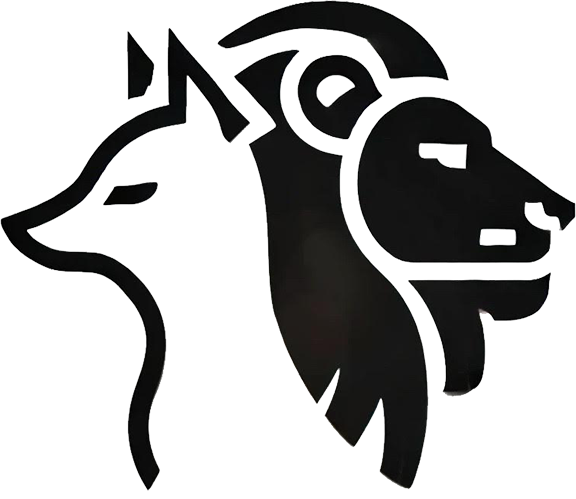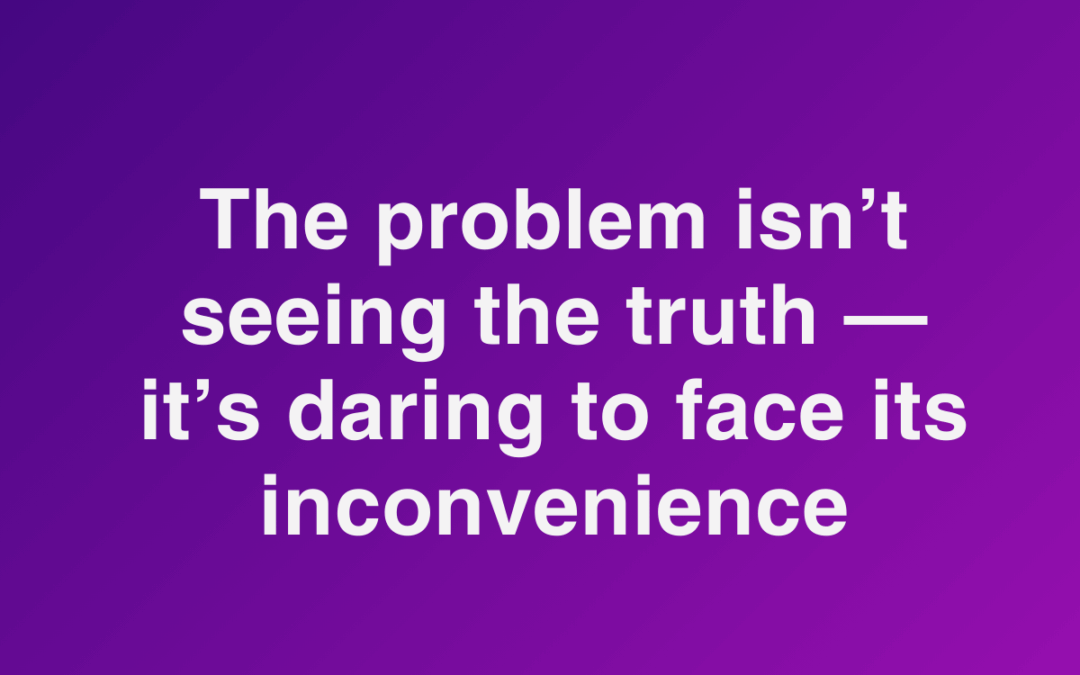Being wrong is painful
For high achievers, the pain often stems from an addiction to being right
The drive to be right likely contributed to your success. It earned you good grades at school, helped you master tasks at work, and brought recognition at every step
Being right became a trusted formula for progress
But eventually, there comes a moment when being right no longer works
Perhaps it’s during an argument with your teenage daughter. You know you’re right — you’re absolutely sure of it! Yet your reasoning falls on deaf ears. She storms off, leaving you standing there bewildered, alone, and out in the cold aka corridor
It happens at home
It happens at work
It happens in national politics
I’ve spent a great deal of time contemplating high performers and their drive to be right. It’s a trait that often fuels their success but can just as often become their Achilles’ heel
Last week, I witnessed this firsthand with a client. A high performer by every measure, he was deeply invested in being right. His track record of driving results — sales, logistics, positive cash flow — was remarkable. Yet, his 360-degree assessment revealed troubling signs
His leadership style, while pragmatic and results-driven, was unintentionally damaging his team. The feedback painted a stark picture: his staff felt demotivated, overburdened, and resistant. They struggled with self-efficacy and lacked clarity about priorities. Instead of inspiring confidence, his leadership created confusion and disengagement
In a team meeting, I noticed how his staff responded to challenges with reactivity — either aggression or submission. There was no space for reflection, listening, or collaboration. Questions were seen as personal threats to status, and new ideas were viewed as burdens rather than opportunities
It was a culture built on being right
For my client, the feedback was a hard pill to swallow. It forced him to confront the gap between his good intentions and the unintended negative impact of his leadership
Admitting this gap required an uncomfortable level of vulnerability
Breaking any addiction is hard
The addiction to being right is no different. And I don’t use the word addiction lightly. The reward for being right activates the same pleasure centres in the brain as cocaine does
During the debrief, the challenge wasn’t that my client couldn’t see his role in the problem — it was that doing so was profoundly inconvenient. His identity was deeply tied to being right, and questioning that identity felt destabilising
My role became to create a safe space for him to explore this inconvenient truth. To help him see that leadership isn’t about being infallible — it requires being open, curious, and willing to evolve
Together, we are beginning to forge a new leadership path. It’s a path where he can safely examine and replace the leadership habits that constrain him and his team. In their place, he’s cultivating approaches that liberate both himself and his team to achieve even greater success

